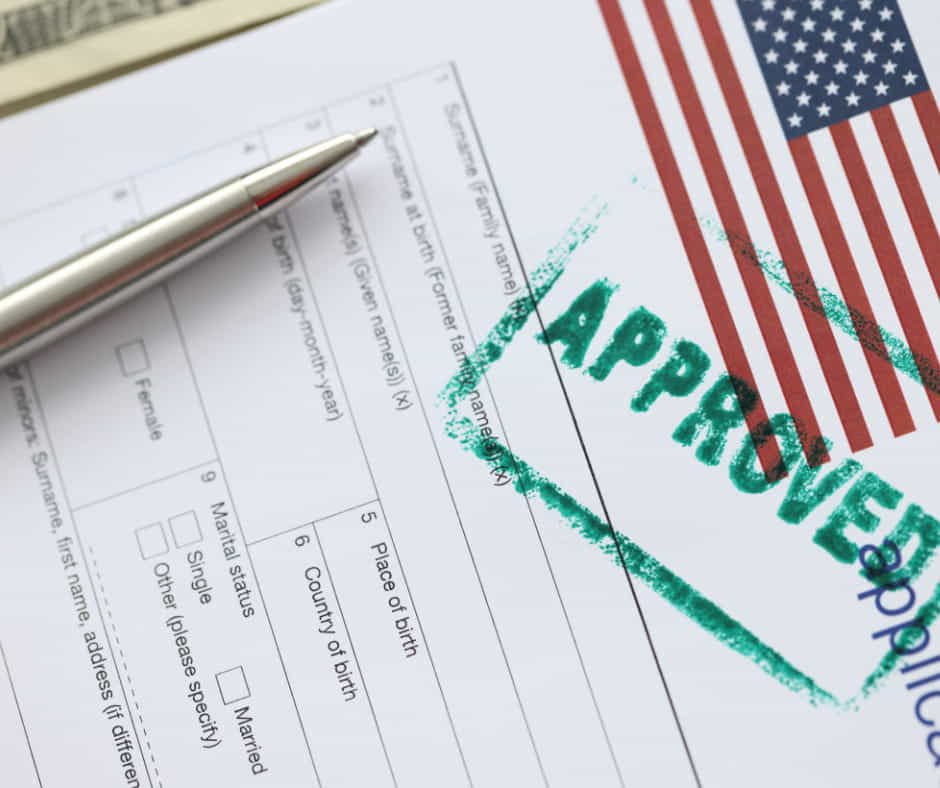The United States provides an exceptional platform for global investors to transform their aspirations into tangible achievements. Both the E2 and E1 visas offer remarkable avenues for individuals seeking to make their mark on the U.S. business landscape. Often referred to as the “Investor Visas,” the E2 and E1 visas offer distinct pathways for entrepreneurs to create, manage, and prosper within American enterprises.
As an investor or entrepreneur, it is important to know that starting a business involves a series of crucial steps that lay the foundation for your success. From crafting your business plan to securing funding and legalizing your enterprise, each step plays a decisive role. Let’s delve into the 10 fundamental steps recommended by the US Small Business Administration (SBA) that will guide you through this exciting journey.
1. Conduct Market Research
Market research is the compass that points you towards success. By gathering information about potential customers and your local business landscape, you’ll uncover opportunities and gain a competitive edge. Understanding your target market’s needs and preferences sets the stage for a prosperous venture.
2. Write Your Business Plan
Your business plan is your roadmap to success. It outlines your business structure, operations, and growth strategy. This document not only guides you but also showcases your business’s potential to potential partners and investors.
3. Fund Your Business
Determining how much capital you need to kickstart your business is crucial. If you don’t have the necessary funds at hand, explore various avenues like loans, investments, grants, or crowdfunding to secure the financial backing you require.
4. Pick Your Business Location
Choosing the right location is vital, whether you’re opening a physical store or establishing an online presence. The location affects taxes, legalities, and revenue, so make sure to research and decide wisely.

5. Choose a Business Structure
Selecting the appropriate legal structure impacts everything from taxes to personal liability. Depending on your business’s size and nature, options like sole proprietorship, partnership, LLC, or corporation may suit you best.
6. Choose Your Business Name
Your business name is your brand’s identity. It should resonate with your values and capture your essence. Ensure that your chosen name is unique and not already in use by another business.
7. Register Your Business
Legalize your business by registering it with the relevant government entities. Depending on your business structure and location, you might need to register at both federal and state levels.
8. Get Federal and State Tax IDs
An Employer Identification Number (EIN) is essential for various business processes, including opening a bank account and fulfilling tax obligations. Check if your state requires additional tax IDs to ensure compliance.
9. Apply for Licenses and Permits
Staying compliant with licenses and permits is essential to operate your business legally. Regulations vary based on your industry, location, and business activities. Ensure you’re in the clear to avoid any legal complications.
10. Open a Business Bank Account
A dedicated business bank account simplifies financial management. It helps separate personal and business finances and streamlines transactions, taxes, and day-to-day operations.
In conclusion, the journey of starting a business is exciting and rewarding, but it demands careful planning and execution. Following these 10 steps will set you on the right path, helping you navigate the challenges and seize the opportunities that come your way. So, take that first step with confidence and embark on your entrepreneurial adventure today!



